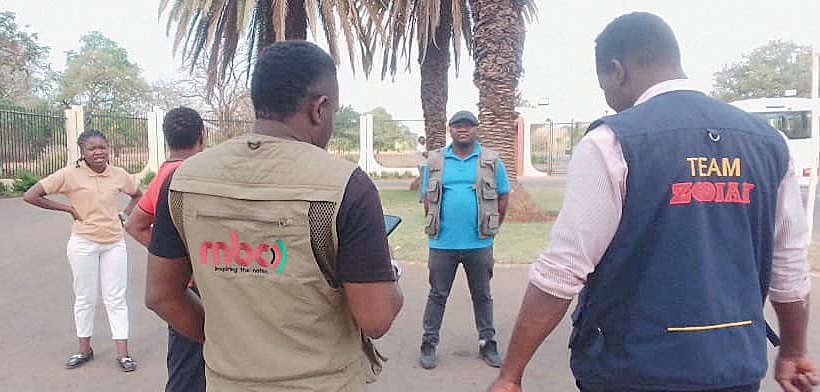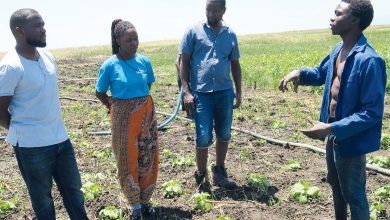Climate financing to Malawi, others up
Low- and middle-income economies including Malawi, received $85.1 billion in multilateral development banks (MDBs) climate finance, representing a 14 percent year-on-year increase, published European Investment Bank (EIB) data show.
Some of the financiers include the African Development Bank (AfDB) Group, the Asian Development Bank, the Asian Infrastructure Investment Bank, the Council of Europe Development Bank, the Inter-American Development Bank Group, the Islamic Development Bank, the New Development Bank and the World Bank Group.

The data, published in the 2024 Multilateral Development Bank Climate Finance Report, comes as MDBs are taking steps to increase the transparency of their climate financing.
It also comes amid growing consensus that there are a series of historic, practical or moral debts that rich countries owe, whether related to climate change, colonialism, slavery, illicit financial flows or failures to meet established aid commitments, agreed at the United Nations.
According to EIB, of the financing disbursed, $58.8 billion or 69 percent targeted climate change mitigation while $26.3 billion or 31 percent addressed adaptation.
AfDB director for climate change and green growth Anthony Nyong said in a statement following the report that half of their climate finance goes to helping African countries build resilience, protect livelihoods, and secure a climate-resilience future, while still investing in greener future.
He said: “Africa is pushing the pedal on actions that transform Africa’s green potential in energy, nature-based solutions, innovation and a vibrant workforce,” said,.
“And we are putting climate adaptation at the heart of this effort.”
ActionAid said African nations will pay $60 billion in debt repayments in 2024, while rich nations should be providing $1.4 trillion annually in climate finance.
ActionAid data show that looking at emission from 1992, Malawi is owed $750 billion by rich countries based on historic and projected atmospheric appropriation.
According to the data, as a percentage of national revenue, external debt payments stand at 25 percent while health spending is at a meager 5.76 percent in 2024.
This is happening in the face of a formal commitment by rich countries to pay $100 billion a year in climate finances to countries in the Global South which was agreed under the Paris Agreement in 2015.
In 2024, this climate finance target was increased at CoP29 to $300 billion a year, but ActionAid said this still failed to specify that this must be in the form of grants, not loans.
United Nations Development Programme (UNDP) resident representative Fenella Frost has called for investment in climate resilience, warning that erratic rainfall, prolonged droughts and pest infestations continue to threaten Malawi’s economic stability.
“Malawi must take a strategic approach to ensure investment in key areas such as capacity building for resource mobilisation and utilisation,” said Frost.





